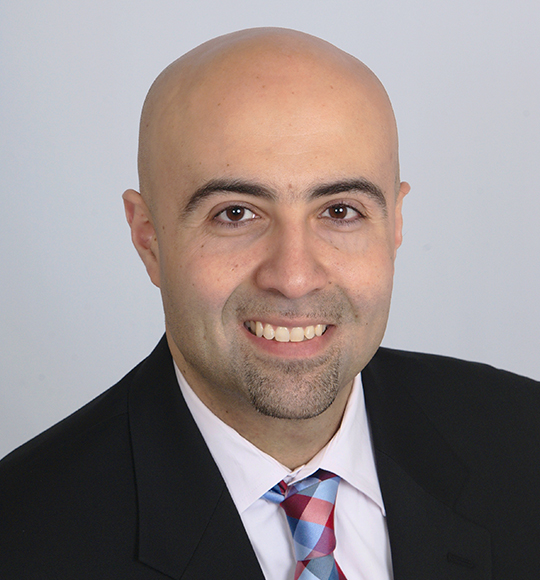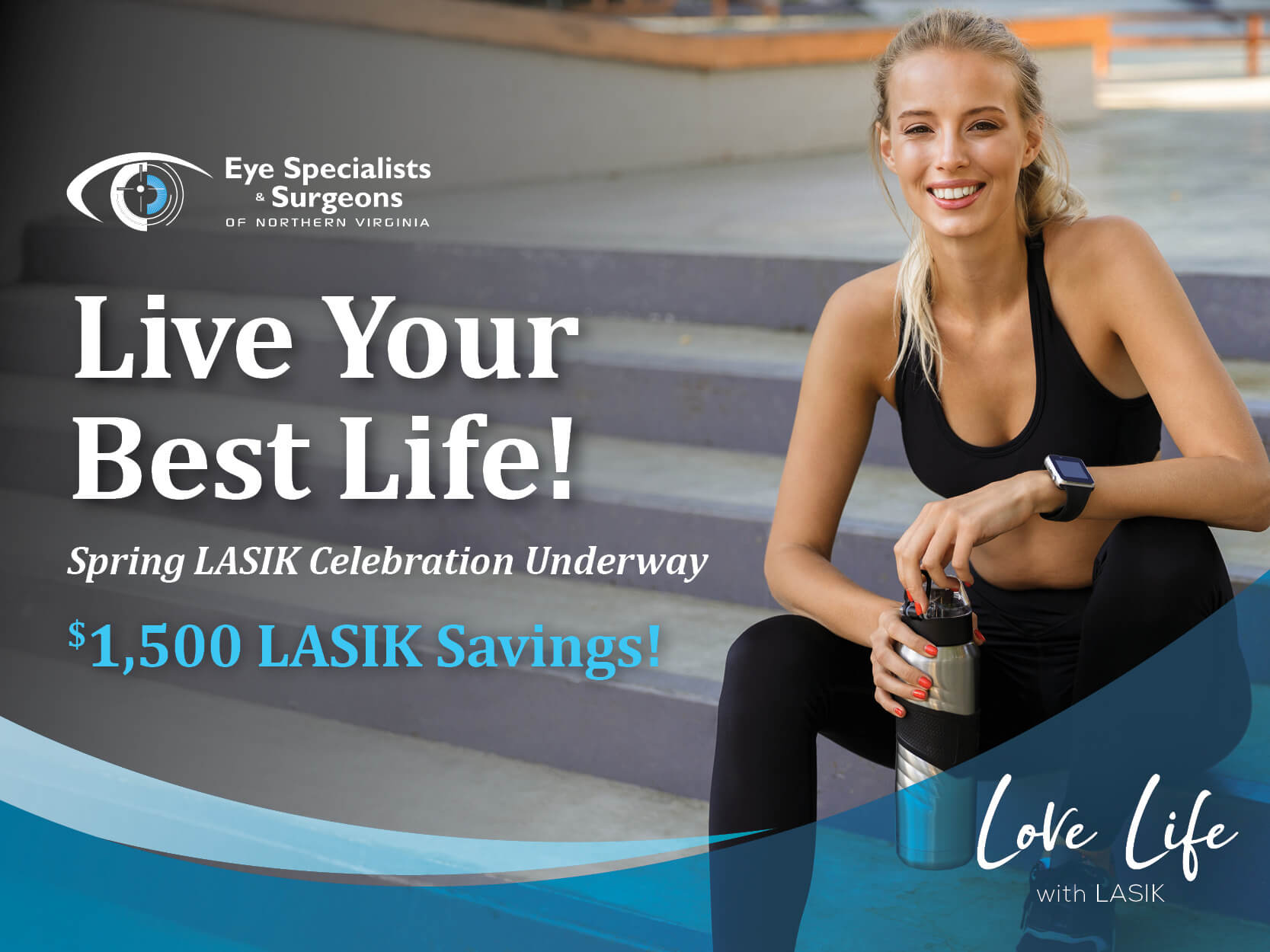LASIK / PRK
LASIK / PRK
More Focus On You With Contoura® Vision LASIK Surgery
Just like your fingerprints, your corneas are completely unique to you. CONTOURA® Vision by WaveLight® maps their individual shape to create a totally personalized procedure—for totally personalized results.
LASIK Designed For You
Using CONTOURA® Vision plus an analytic engine, 62% of eyes (n=323) achieved postoperative uncorrected distance visual acuity (UDVA) of 20/16 or better. In a separate study, 89% of eyes (n=130) achieved postoperative UDVA of 20/15 or better.
More than 20/20 vision. More than stunning quality. More than freedom from glasses or contacts.
What is Contoura® Vision LASIK?
Topography-Guided Laser Eye Surgery by WaveLight®
Topography-guided LASIK is an advanced treatment that uses a personalized map of your eye to treat myopia (near-sightedness) or astigmatism (a condition that causes blurred vision).
As the only true topography-guided laser vision correction, CONTOURA® Vision uses more data points from the unique surface shape of an eye than any other LASIK technology to create a personalized, accurate profile of each individual eye.
Are You a Candidate for LASIK?
Take Our Self-Test and Find Out
What is LASIK?
Laser vision correction surgery (i.e., LASIK) is a safe and popular alternative to glasses and contact lenses. It improves vision by changing the shape of the cornea, the clear front of your eye.
The best way for you to determine if you are a candidate for LASIK is with an in-depth examination of your eyes with your doctor.
Contoura Measures Even More Of Your Eye
Ultra-high-resolution image of your cornea that detects any abnormalities or changes in shape to understand your specific vision correction needs.
What to Expect
Before Your Procedure
To determine which procedure is best for you, your laser vision correction surgeon will evaluate the following:
During Your Procedure
You’ll lie down under the laser system and focus on a small blinking light while a laser precisely reshapes your cornea. The entire procedure typically lasts about 15 minutes. Most patients report little or no discomfort throughout the surgery.
- Surgeon administers anesthetic drops
- Surgeon gains access to your cornea by creating a flap in your corneal tissue
- Cool laser energy reshapes the cornea
- Flap is returned

After Your Procedure
Once your procedure is complete, you may notice improved vision instantly.
Your safety is the highest priority of your eye doctor and CONTOURA® Vision. Recovering from LASIK is typically quick and easy. Your doctor will likely see you within the first 24 hours, then schedule a follow-up appointment anywhere from 1 week to 1 month after your procedure as directed by your surgeon.
While experiences vary, many people are able to return to work the very next day. Others might experience a few minor side effects, such as watery or red eyes for a few days.
How to To Help with Healing
Talk to your doctor to make an informed decision that’s best for you.
Your Eyes Are as Unique as You Are
WaveLight® Technology for Unmatched Personalization
Your path to better vision begins with CONTOURA® Vision’s WaveLight® Technology, which is one of the latest advancements in diagnostic and laser technology.
As the foundation for CONTOURA® Vision, this system uses advanced mapping technology to create a highly personalized, accurate map of the cornea and its unique attributes to create your individual profile and treatment plan.
Utilizing 4 or more images that capture up to 88,000 data points that measure and map the natural shape of your eye, CONTOURA® Vision provides your surgeon with the information needed to correct the shape of your eye and the surface of your cornea for optimized results.
Up To 88,000 Data Points
More measurements than any other diagnostic technology
Transformed Visual Quality
Beyond visual acuity, CONTOURA® Vision delivers stunning quality of vision.³
For More Than 20/20 Vision
With 20/20 vision considered normal, the personalized information CONTOURA® Vision by WaveLight® collects on your eyes makes it possible to improve your vision to 20/20 or better.
More With Less Compromise
CONTOURA® Vision patients also report fewer of the following visual issues:
See The Results For Yourself
Beyond visual acuity and quality of vision, CONTOURA® Vision by WaveLight® delivers exceptional levels of patient satisfaction.³
16M+ More than 16 million LASIK surgeries performed
Discuss The Risks And Benefits
LASIK surgery has been shown to be safe and effective, but it’s still surgery, and like any surgical procedure, there can be complications or side effects.
Make sure to discuss the risks and benefits with your doctor, so you can make an informed decision about surgery.
The Technology Your Surgeon Trusts
Alcon, the world leader in eye care technology and makers of CONTOURA® Vision, is dedicated to ensuring your safety comes first.
The Doctors at Eye Specialists & Surgeons of Northern Virginia have either authored or reviewed and approved this content.


